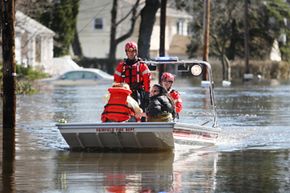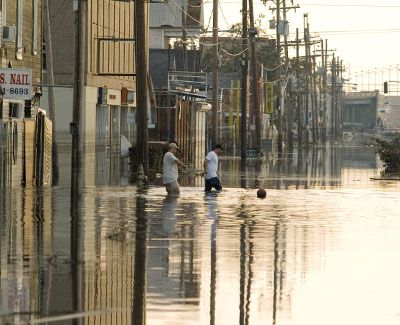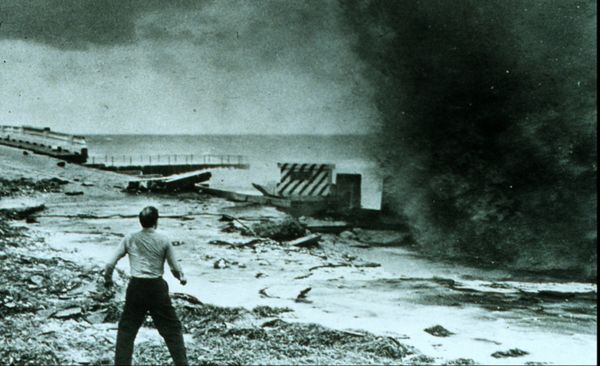Few Pittsburgh residents paid much attention as raindrops began to fall on an otherwise ordinary Friday in August 2011. But that changed as the gentle rain turned into a deluge that caused water to rapidly rise to 9 feet (nearly 3 meters) during rush hour and turn city streets into swift, debris-laden rivers.
Unsuspecting drivers escaped stalled vehicles only to clamber onto car roofs, trees and poles while rescuers — most in full uniform rather than water-ready gear — scrambled to find boats, commandeering them from local marinas to perform water rescues in situations survivors later described as "chaotic."
Advertisement
A 45-year-old woman and her 12- and 8-year-old daughters drowned when they were unable to escape a vehicle pinned against a tree by rushing floodwater. At one point, emergency responders floated over the woman and children while rescuing a man clinging to a tree; their vehicle had completely submerged, making it invisible in the murky water. A fourth body, that of a 70-year-old woman reported missing during the flood, was found a few days later nearly swept out to sea [sources: Associated Press, Associated Press].
The deadly flash flooding led to changes in the way Pittsburgh's emergency crews accessed rescue equipment and received training. Inflatable boats, life jackets and rescue gear are now stationed at regular intervals along flood routes. Just as importantly, responders receive the specialized education necessary to form swift water boat rescue teams that can canvass the city during a flash flood [source: KDKA].
When a similar deluge struck in July 2013, Pittsburgh was poised for a vastly different outcome. Emergency crews, which included dozens of cross-trained personnel from the city's fire, police and ambulance departments, quickly performed more than a dozen water rescues; not a single death or injury was reported because of the flash flooding. And as the water receded, one thing became clear: Faster response times made a marked difference [source: Navratil].
Pittsburgh's response, and that of an increasing number of communities and organizations, diverged from traditional floodwater rescue protocols — antiquated systems that rely on a small number of elite teams. Today, crews with basic training in water rescues save more people from flash floods, reserving the resources of specialized water responders for particularly dangerous rescues.
This transition began after a re-evaluation of the personnel-strapped response to flooding during Hurricane Katrina in August 2005. More than 1,800 people died in New Orleans and Mississippi, many of them drowned in floodwaters [sources: Hurricane Katrina Relief, Schleifstein]. Hurricane Katrina prompted discussion of another important consideration, too: How do you quickly search a flooded city for survivors?
Advertisement



